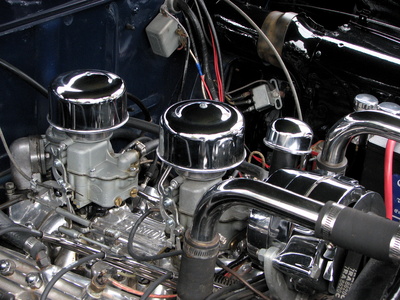
Antifreeze is specifically designed to protect a car's engine from overheating and corrosion. The antifreeze removes heat from the car engine to prevent overheating. Antifreeze also has an agent that protects the engine against corrosion. Monitoring the pH of the antifreeze makes sure that the antifreeze is still protecting the engine. A too-low pH causes acid damage, and a too-high pH corrodes engine metal. Antifreeze test strips test the pH of the antifreeze. The pH value gathered from the test strips can tell you if the antifreeze in your car needs to be replaced.
Remove the cap from the radiator. Use the rubber suction bulb to take a sample of antifreeze from the radiator.
Open the container of test strips and remove one strip. Replace the cap on the container to ensure that the unused test strips stay protected from outside elements.
Dip the test strip into the antifreeze for one second. Remove the strip from the antifreeze.
Shake the strip briskly to remove any excess antifreeze from the strip.
Wait 45 seconds. Compare the color of the strip to the pH color chart provided with the strip kit. The recommended pH for antifreeze is any value from 7.5 to 9. Any pH out of this range indicates that the antifreeze is no longer protecting the engine and should be replaced.
Match the color of the strip with the closest color on the pH color chart. The color chart will indicate the exact pH of the antifreeze. Note the number value of the pH. Green is the color that matches the recommended pH values of the antifreeze. If the antifreeze turns the strip orange or blue, the antifreeze needs to be replaced.
Dispose of the antifreeze sample and test strip.